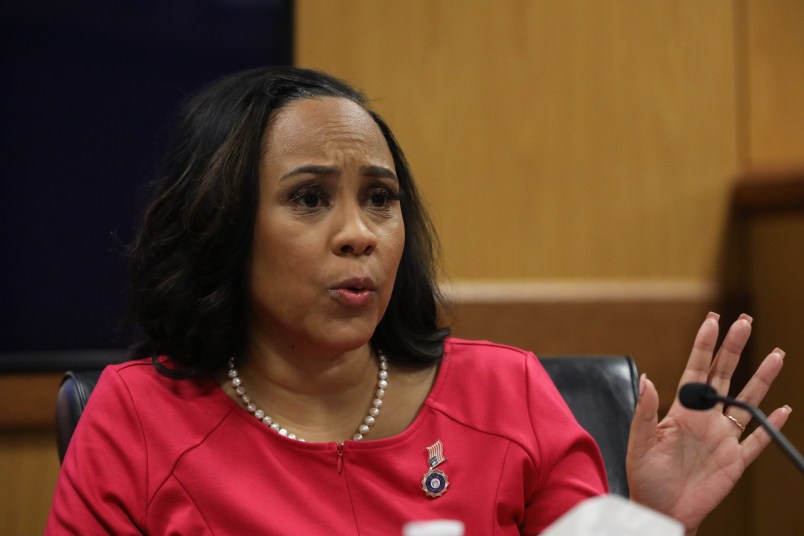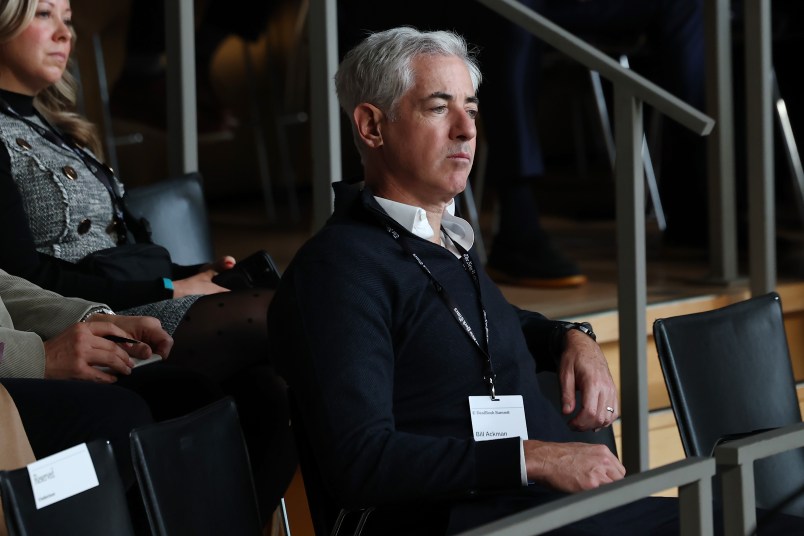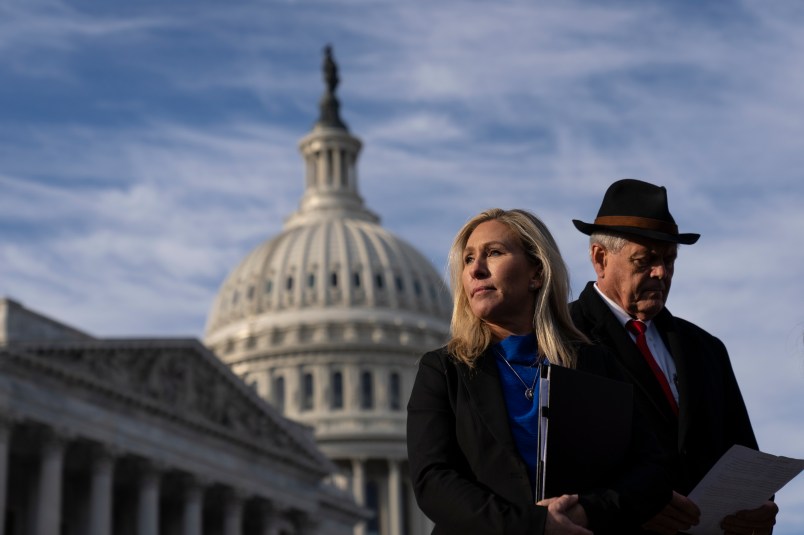WASHINGTON (AP) — At the RV Park he owns in a remote corner of southwestern Kansas, Jan Leonard is seeing the benefits of one of the federal government’s most contentious programs.
Development is booming in tiny Hugoton, a town of roughly 3,900 people. The town is the site of a new cellulosic ethanol refinery that was funded in part by a loan guarantee from the Department of Energy. The same program funded high profile flops like Solyndra, the California-based solar company that filed for bankruptcy and led to hearings over the Barack Obama administration’s backing of unproven green-energy projects.
But in Hugoton, which Leonard describes as “pretty far from nothing,” more trailers rolling in to his park and new businesses are popping up.
“There’s a Dollar General getting built, a new motel getting built. Another grocery store getting built,” Leonard said in a phone interview. “There’s a lot of different people coming to town. It’s been big.”
The plant has a work force of 75 and an annual payroll of $5 million. When it was established in 2009, as part of Obama’s stimulus package, the clean energy loan guarantee program was billed as a two-fer: It would provide billions of dollars for environment-friendly energy and it would create jobs.
Instead, the program became synonymous with failure and a regular talking point for conservatives.
Besides Solyndra, three other subsidized companies went bust at a cost of $780 million. Critics, especially Republicans in Congress, seized on it as an example of government waste.
But roughly six years on, there are more signs that the program is working. In California, Tesla Motors has flourished, paying back a $465 million loan nearly 10 years early. A handful of companies have opened solar energy sites and signed long term contracts to sell power to utility companies.
And then there is the Abengoa biorefinery in Hugoton, where Energy Secretary Ernest Moniz came in October for the opening. He was joined by two Kansas officials who voted against the stimulus package: Republicans Sen. Pat Roberts and Gov. Sam Brownback, a former senator.
“This program, let me say, not only here in Hugoton, but across the board has been a tremendous success,” Moniz said. “I mentioned $30 billion in loans with a 2 percent default rate — that is a pretty enviable in any portfolio.”
Roberts and Brownback say they voted against the stimulus package for other reasons.
“The governor strongly supports the Abengoa project,” said Eileen Hawley, a spokeswoman for Brownback.
Despite the program’s failures, the department now projects a profit of between $5 billion and $6 billion over the next 20 to 25 years. Overall, 20 of the program’s 30 enterprises are operating and generating revenues so far, according to the department.
The successful projects include a site in Alamosa, Colorado, that is the world’s largest generator of high concentration photovalic energy, which is a type of solar power. The operator, power company Cogentrix, has 10 permanent operations positions in addition to supply line jobs.
Overall, the Department of Energy claims the program has created or saved roughly 35,000 permanent jobs.
Republicans have argued that the investments are risky and the program mismanaged, as Solyndra demonstrated, though improvements have been made.
“We are not out of the woods by any stretch,” said Michigan Rep. Fred Upton, chairman of the House Energy and Commerce Committee. “Our oversight efforts will continue as problems still persist, and more needs to be done to protect billions of dollars in taxpayer interests.”
But supporters say government investment is necessary for innovative energy enterprises.
“It’s very hard to get commercial scale financing, especially for these types of projects,” said Nancy Pfund, a managing partner with DBL Investor, a San Francisco-based venture capital company with holdings in two companies backed by the program. “It’s been a very positive force in that respect.”
Mike Garland, CEO of Pattern Energy Group, a company focused on wind energy investments, said he was turned down by the program in part because he could get other financing.
“I kind of respected that about the program,” said Garland. “I would have liked to have had a lower cost of capital, lower cost of debt. But it is run in a way that said, ‘your deal is too good. You don’t need it.'”
The loan program’s director, Peter Davidson, said the program had a specific target.
“Commercial lenders are often unwilling to finance the first few commercial-scale projects that use a new technology because there is not yet a history of performance or operation,” he said.
The refinery in Hugoton, built by Seville, Spain-based Abengoa, is the largest cellulosic biorefinery in the world, producing up to 25 million gallons ethanol fueled by non-edible waste. About $132 million of the plant’s $500 million cost was backed by the loan guarantee program.
Abengoa buys biomass from local farmers that would otherwise be useless and sells the refined biofuels through trading companies in the U.S., Europe and parts of Asia.
Copyright 2014 The Associated Press. All rights reserved. This material may not be published, broadcast, rewritten or redistributed.










God, I hate mainstream media reports about stuff like this. As the article correctly points out, there’s only been a 2 percent default rate in this Obama clean energy loan program, an astonishing rate given such a new, untested industry, and a rate that any major bank would be happy to report for regular old business loans to established industry. And yet, it feels as though every other word of this AP report is “failure.” Why can’t they just say it? Republican claims that the program is a boondoggle and a waste are lies. Oh wait, that wouldn’t be “balanced.” Just true.
And never a word about all the billions lost on failed weapons development.
Amazing when considering how private venture capital usually fails, and the government took on funding considered too risky by the private markets.
Once again, REALITY has a Liberal Bias.
This is why Conservatives live in a Fantasy World where the WWE is all real, Obama is the Anti-Christ, and the South shall Rise A’Gin!
another good SCREW YOU to republicans. Why do republicans want us all poor?